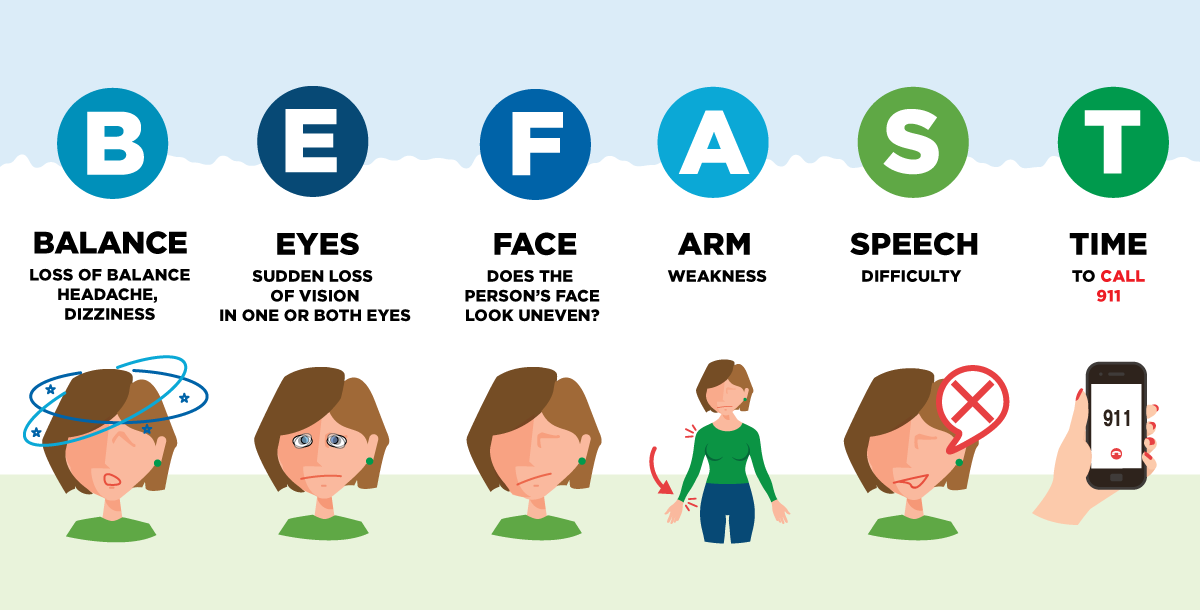UC,
UC Health researchers publish recommendations for using stroke therapy during
COVID-19 outbreak
Stroke researchers at the University of Cincinnati have released a new report recommending the proper protocol for delivering lifesaving treatment to stroke patients during the COVID-19 pandemic.
The report, published in Stroke, a journal of the
American Heart and American Stroke associations, is timely as more data emerges
that patients with COVID-19, even young, otherwise healthy patients, are
experiencing strokes. The authors emphasize that diagnosis with COVID-19 should
not prevent patients from receiving this time-sensitive treatment.
“Endovascular treatment for stroke involves the use of small catheters inserted from the groin or the arm into the blood vessels of the brain to remove a clot and restore blood flow to the brain,” says Dr. Aaron Grossman, assistant professor in the department of neurology and rehabilitative medicine and a UC Health physician who is also the corresponding author on the report.
“Opening a brain artery can reverse the effects of the stroke, and for some patients, leads to a quicker recovery time. In this current climate, the treatment presents challenges that doctors never previously needed to consider.”
“We needed to find a process for treating patients using
endovascular therapy in the COVID-19 era that would keep our staff safe while
we cared for these patients as quickly as possible,” says Dr. Matthew Smith, a
neurocritical care fellow and UC Health physician who is the first author on
the report.
Researchers reviewed published and real-time anecdotal
experiences of providers caring for COVID-19 patients nationally and
internationally. As the first patients with COVID-19 were arriving to UC’s
Comprehensive Stroke Center, members of every team who cared for these patients
met via video to establish recommendations for care.
“We highlighted three populations of potential patients: patients with suspected COVID-19 who come into the emergency department; patients with COVID-19 who are already in the hospital and then develop stroke; and stroke patients without COVID-19 who are cared for at a hospital with constrained resources due to COVID-19, including access to [personal protective equipment], ventilators, ICU beds and staff, ” Grossman explains.
“Our proposed algorithm helped us decide recommended points of care. It considers the American Heart/American Stroke associations endovascular treatment guidelines, the safety of patients and staff, predictors of death in COVID-19 patients and the appropriate use of scarce resources.”
The working group concluded that a COVID-19 diagnosis
should not prevent doctors from using endovascular therapy to treat a patient’s
severe stroke.
“However, we have to use extreme caution when preparing
the patient, to keep staff safe,” Smith adds, “and during this time of extreme
resource limitation, we have to be prepared to modify our current protocols to
provide the best stroke care possible for all patients in the Tristate."
In publishing these recommendations, Grossman says the UC/UC Health Stroke Team researchers demonstrate how “adapting an existing and evolving workflow requires input, coordination and engagement across hospital units and disciplines and believe a multidisciplinary approach that is proactive rather than reactive will best serve patients with stroke during the COVID-19 pandemic.”
